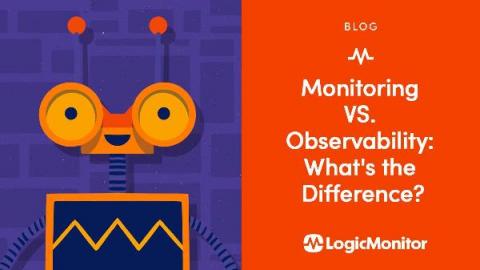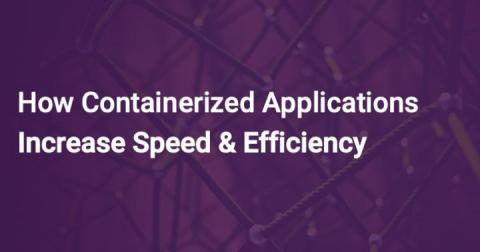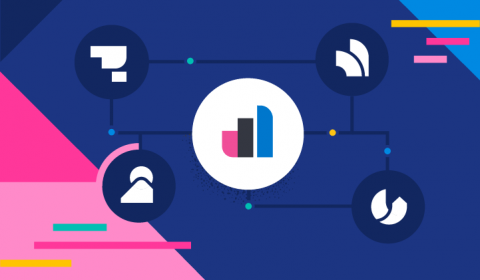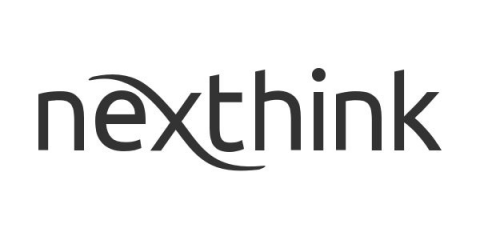Operations | Monitoring | ITSM | DevOps | Cloud
Monitoring
The latest News and Information on Monitoring for Websites, Applications, APIs, Infrastructure, and other technologies.
Monitoring vs Observability: What's the Difference?
Monitoring has never been simple, but there was a time when it was simpler. You had a device you could collect data from; you knew the metrics you needed to monitor, and if something went wrong, you could find the root cause. But as IT becomes increasingly and exponentially more complex, more devices, more environments, more things to monitor, more updates, more data, more everything; monitoring in general needs to grow with it.
How Containerized Applications Increase Speed & Efficiency
Most modern applications today are being designed as a set of microservices with each service running as an independent application. This simply implies that one large application is broken down into small Apps running independently and only communicating with each other. This of course makes it much easier to build and maintain Apps but also offers way more value when combined with containerization technology.
How to claim a node to Netdata Cloud
Website Load Time in 2020: How Fast Is Fast Enough?
Event in Review: MIT Sloan CIO Digital Learning Series - The Post-Pandemic Enterprise
Last month, Catchpoint’s CEO, Mehdi Daoudi, took part in episode 3 of the MIT Sloan CIO Digital Learning Series focused on the post-pandemic workplace and customer experience. Episode 4, which took place over Zoom on Wednesday, September 9th, picked up where last month left off with a candid discussion between business leaders, consultants and MIT academics about the ongoing challenges enterprise is experiencing due to COVID-19 and how business leaders and others are handling them.
Monitoring infrastructure and microservices with Elastic Observability
Trends in the infrastructure and software space have changed the way we build and run software. As a result, we have started treating our infrastructure as code, which has helped us lower costs and get our products to market more quickly. These new architectures also give us the ability to test our software faster in production-like deployments, and generally deliver more stable and reproducible deployments.
The Complete AWS Lambda Handbook for Beginners (Part 2)
In Part 1 of our Complete AWS Lambda Handbook for Beginners, we gave a refresher on the fundamentals of AWS Lambda and what is AWS Lambda. In this post, we’ll look at AWS Lambda pricing, some interesting Lambda facts and examples of great AWS Lambda use cases in your serverless application.
Special IP Address Ranges and When to Use Them
Stop the Crashes! Pharma Company Wisely Repairs IT Issues
A Gartner poll released earlier this year predicted that roughly half of all enterprise employees will likely work remotely (at least part of the time) post-COVID. That’s probably a welcomed sign for those that have settled into remote or hybrid work models, but surprisingly, businesses and institutions are still struggling to avoid major IT blunders that impact these digital workers.











